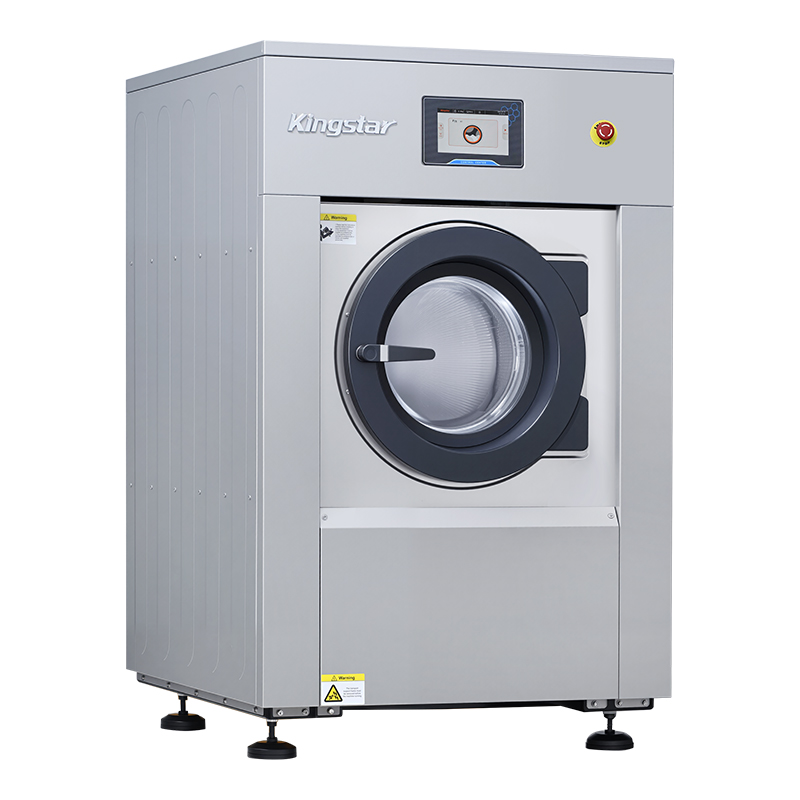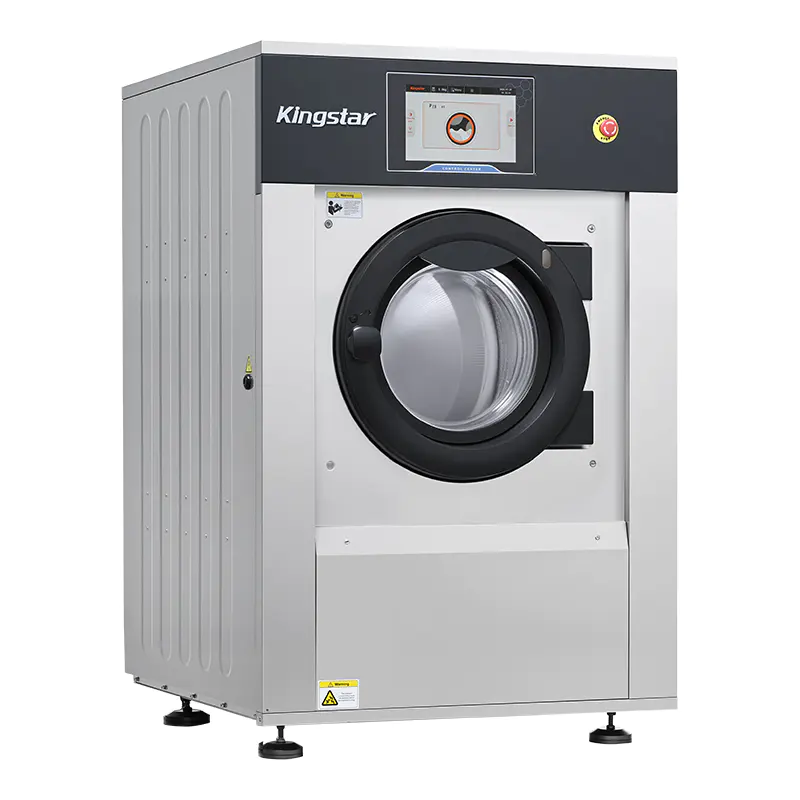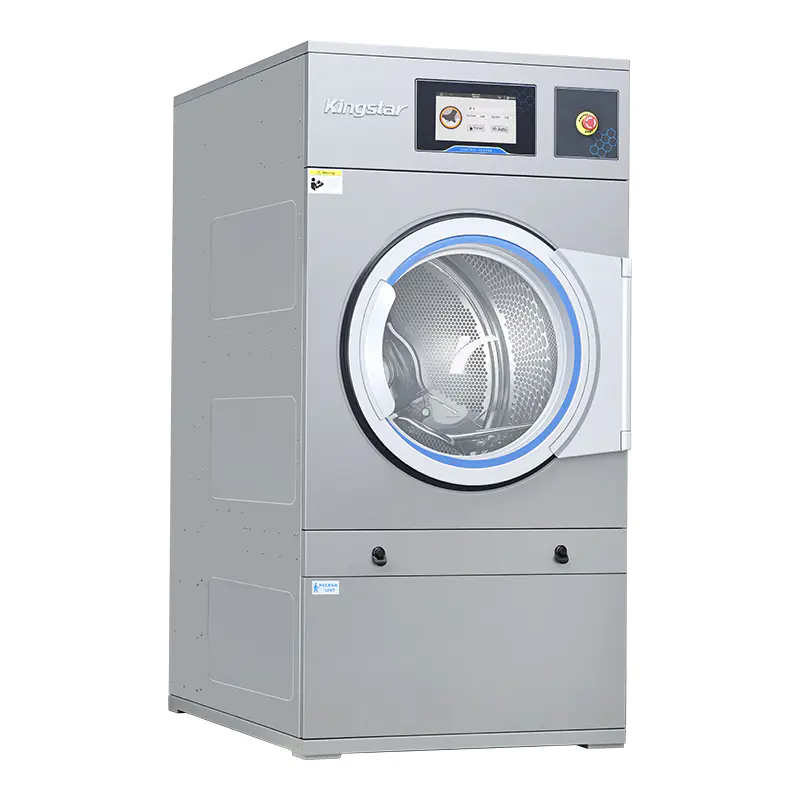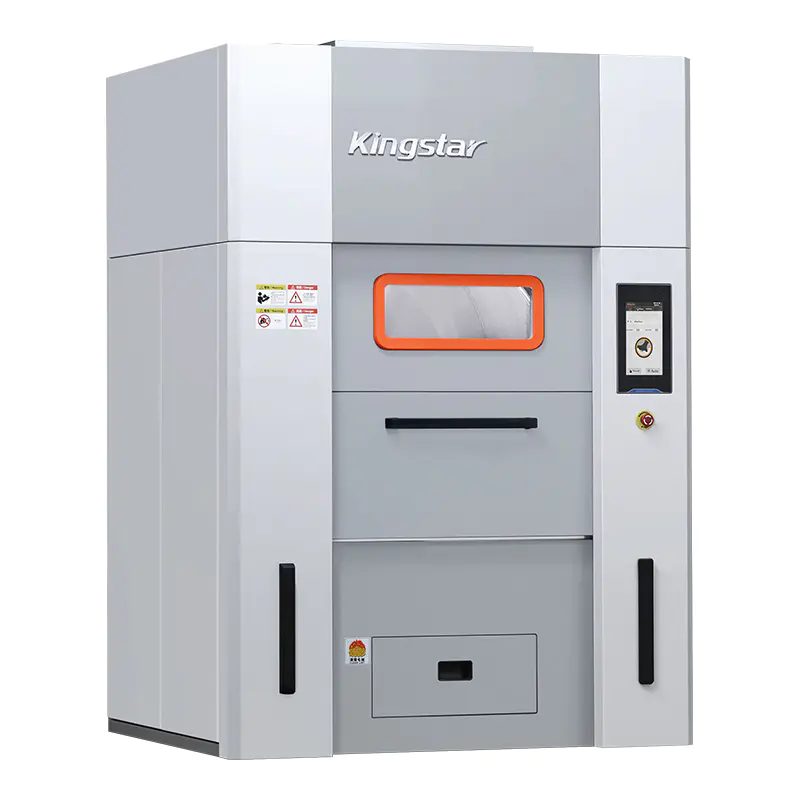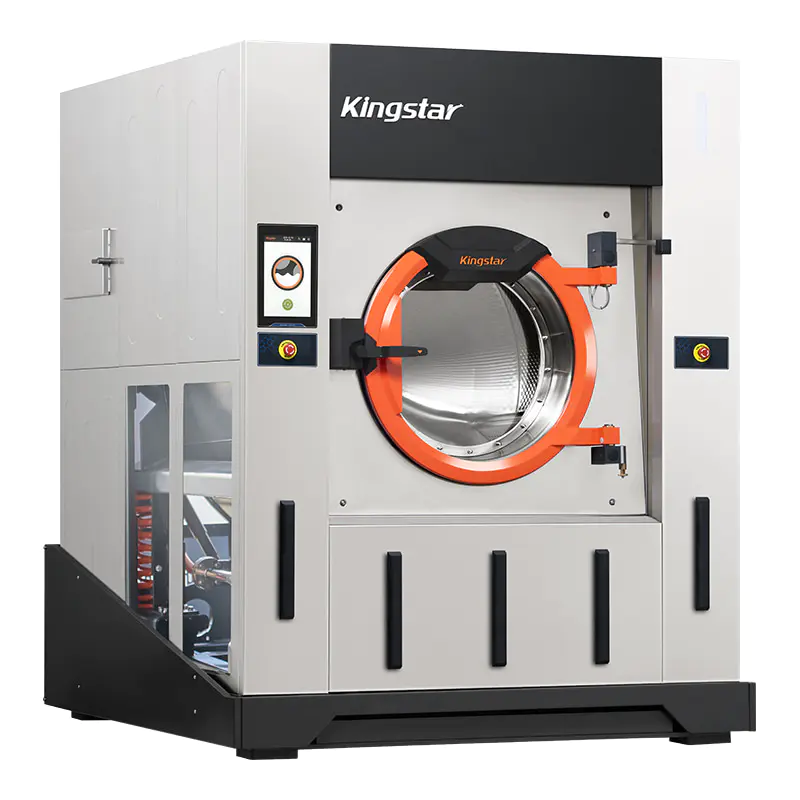
Does the 25kg commercial dryer have an energy saving mode or waste heat recovery function?
The basic principle of energy-saving mode
Energy-saving mode is a function of many modern commercial dryers, and its core is to optimize energy efficiency. In 25 kg commercial dryers, energy-saving mode usually uses an intelligent control system to accurately adjust the heating time, drying temperature, drum speed and air volume, thereby reducing ineffective energy consumption. This mode automatically adjusts the operation strategy according to the moisture content and material of the fabric, and minimizes the consumption of electricity or fuel while ensuring the drying effect.
For example, some models will automatically reduce the heating power or switch to the insulation stage when they detect that the fabric is close to the dry state to prevent energy waste caused by excessive drying. Energy-saving mode may also include an intelligent end judgment mechanism to avoid continuing to operate the equipment after the fabric is dry, further saving power resources.
Mechanism of the waste heat recovery function
Waste heat recovery is an energy reuse technology widely used in industrial drying equipment. For 25 kg commercial dryers, the waste heat recovery function mainly uses the heat exchange system to recycle the air or water vapor that still has temperature in the exhaust. This function can be used to preheat the intake air or maintain the drum temperature, thereby reducing the frequent start and stop and heating burden of the heat source system.
In actual applications, the waste heat recovery device is often composed of a metal heat exchanger or a heat pump system and is installed in the exhaust duct of the dryer. Some equipment is also equipped with a high-efficiency filtration system to prevent fluff and dust from entering the heat exchange unit and ensure the long-term stable operation of the system. Through this design, the recycling efficiency of heat energy can be improved without increasing additional energy input, which helps to reduce the operating cost of the whole machine.
Energy-saving advantages in applicable scenarios
The energy-saving mode and waste heat recovery function have certain practical value in places with high frequency of use, such as hotels, laundry plants, and hospitals. The main load of the 25 kg commercial dryer in these scenarios is cotton sheets, towels, clothes and other highly absorbent fabrics. The traditional drying process consumes more electricity or gas. The intervention of the energy-saving function helps to accumulate a certain degree of energy savings in the process of multiple drying processes every day.
For example, a medium-sized hotel with an average daily processing capacity of 100 kg of fabrics may achieve a phased reduction in energy consumption after adopting a 25 kg commercial dryer with an energy-saving system, which has a certain effect on alleviating electricity bills and equipment maintenance burdens, especially suitable for long-term business environments.
Development trend of related technologies
In recent years, with the improvement of energy-saving and environmental protection requirements, the energy-saving technology of commercial dryers has been continuously updated. In addition to traditional temperature control and time optimization, the new generation of 25 kg commercial dryers gradually introduces variable frequency drive, heat pump system and intelligent humidity monitoring technology. The common goal of these technologies is to improve the operating efficiency of the equipment through precise control and maximize energy utilization without affecting the drying quality.
Heat pump dryers are a common upgrade solution in recent years, especially suitable for indoor environments with restricted exhaust. This technology effectively collects and reheats the exhaust heat through the circulation of refrigerant in a closed system, thereby reducing the waste of exhaust heat energy. At the same time, the equipment can also operate at low temperatures, which is suitable for fabric processing that is more sensitive to temperature.
Function identification suggestions when purchasing
When consumers purchase 25 kg commercial dryers, if they need energy-saving functions, they should focus on whether the product has the following configurations: intelligent temperature control system, humidity sensor, variable frequency motor, heat pump or heat exchanger module. In addition, if the equipment manual indicates "automatic shutdown" or "energy optimization mode", it usually means that it has energy-saving operation capabilities.
For waste heat recovery, users should know whether it is standard or optional. Some models may require an external recovery device, while others have a built-in compact heat exchange unit. In addition, attention should be paid to whether there is a maintenance reminder system to regularly clean impurities in the recovery channel to maintain system efficiency.
Overview of Energy-Saving and Heat Recovery Features in 25kg Commercial Dryers
| Feature Name | Description | Commonly Available | Recommended Usage Scenario |
|---|---|---|---|
| Energy-Saving Mode | Automatically adjusts temperature, time, and airflow to reduce energy use | Yes | Daily continuous drying, multi-batch loads |
| Smart Humidity Sensor | Adjusts drying program based on moisture content to avoid over-drying | Yes | Suitable for various commercial laundry uses |
| Auto Stop Control | Stops the machine automatically when drying is complete | Yes | Increases efficiency, ideal for unattended use |
| Variable Speed Drum | Adjusts drum rotation speed to match fabric types and save motor energy | No (some high-end) | Recommended for specific textile handling |
| Heat Pump System | Uses a closed-loop to recycle heat, enabling low-temperature drying | No (mid-to-high-end) | Useful in cooler environments or for heat-sensitive fabrics |
| Heat Recovery Device | Captures exhaust heat to preheat incoming air and reduce heating load | No (optional) | Continuous operation with high energy demand |
| Cleanable Heat Exchanger | Prevents lint buildup in recovery system, maintaining efficiency | No (needs maintenance) | Recommended for high-load applications |
| Energy Consumption Display | Real-time monitoring of electricity or gas usage for better cost control | No (optional) | Laundry centers or users focused on energy management |
Precautions during use
In actual operation, even if the equipment itself has energy-saving mode or waste heat recovery function, the operator's behavior will affect the energy efficiency. For example, mixing fabrics of different types and thicknesses will reduce drying efficiency, thereby affecting energy saving; insufficient or overloading may cause energy waste.
It is recommended to use the equipment according to the optimal loading capacity recommended by the equipment and choose a program that matches the fabric type. Regularly cleaning the lint filter and checking the unobstructed exhaust duct are also basic requirements for maintaining energy efficiency levels.
Balance between energy saving and cost
Although the initial purchase cost of a 25 kg commercial dryer with energy saving or waste heat recovery function is slightly higher, from the perspective of long-term use, its operating cost is relatively low, especially in areas with high electricity or gas prices. For medium and large laundries or long-term commercial customers, the investment in energy-saving technology is expected to be balanced by operating savings within a few years, forming a relatively controllable equipment investment return cycle. With the advancement of environmental protection policies, some regions may also provide policy incentives or subsidies for energy-saving equipment, which also provides economic support for the use of energy-saving dryers.
ADD:No.388 Xinggang Road, Chongchuan District, Nantong City, 226000, Jiangsu Province, China.
-
Phone: +86-13917089379
-
Tel:+86-13917089379
-
Fax:+86-0513-85663366
-
E-mail:[email protected]
